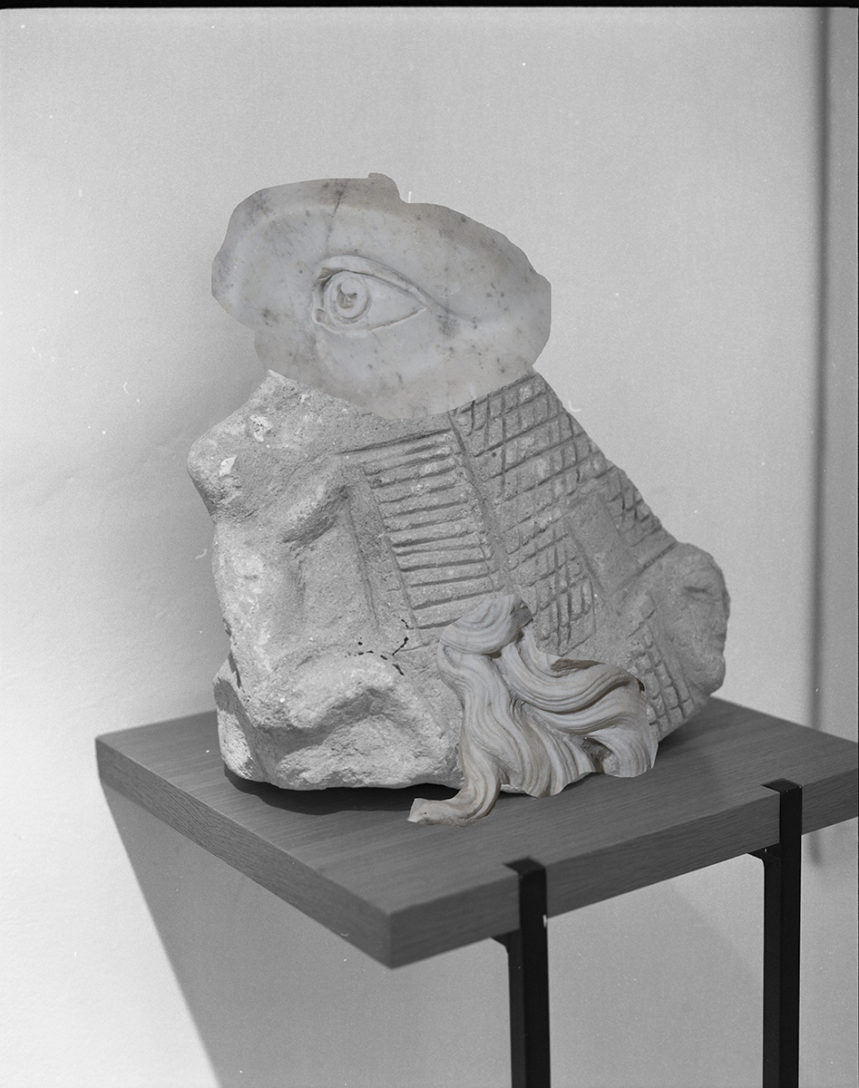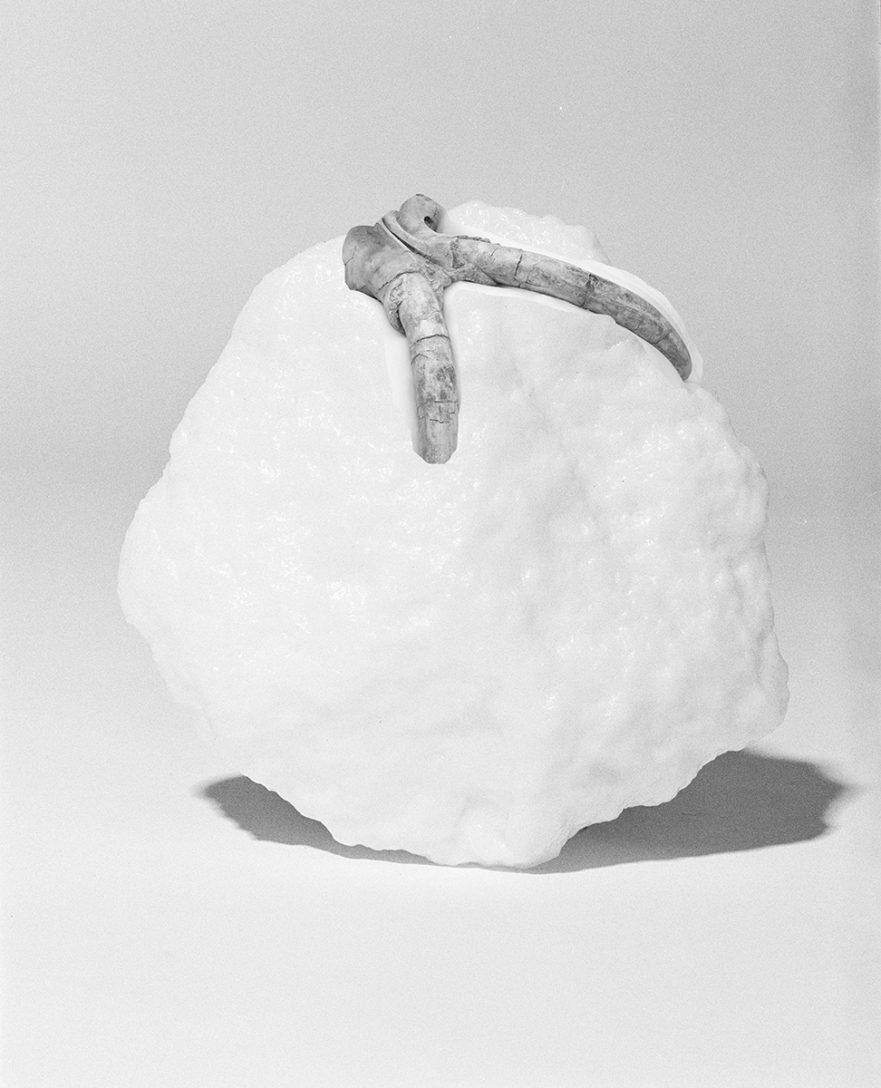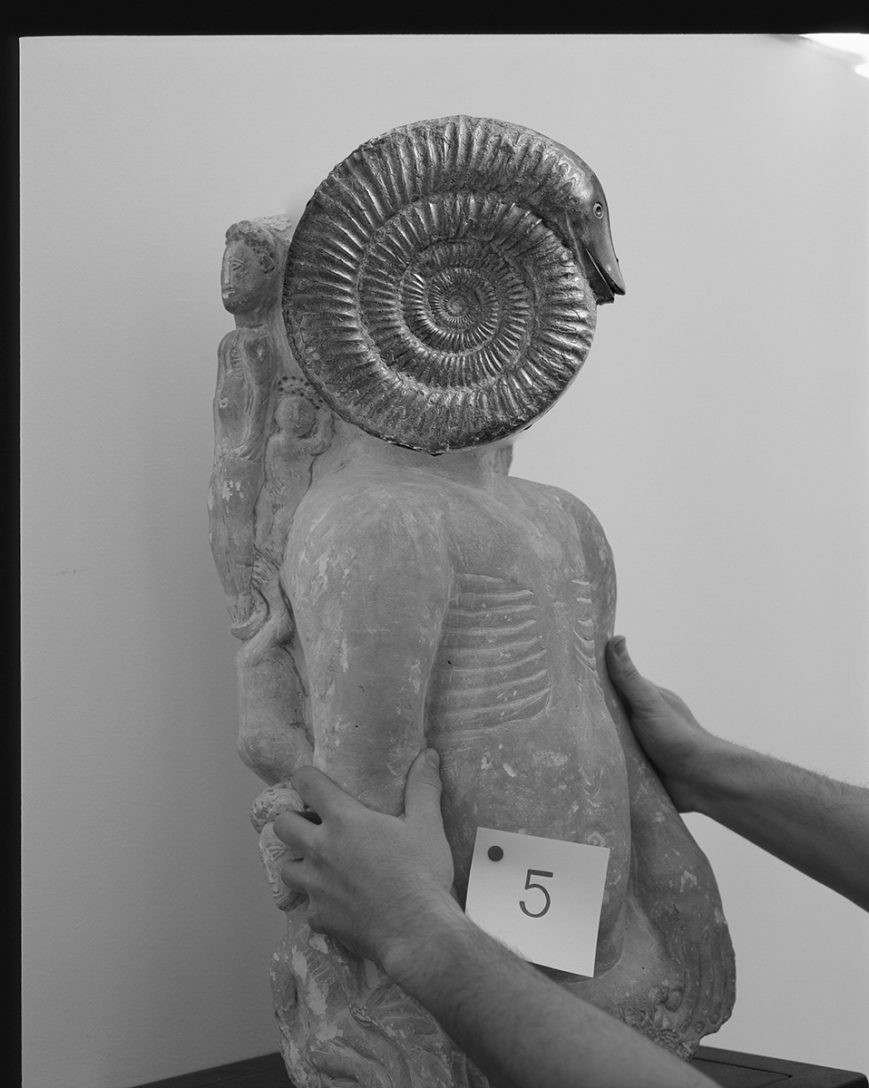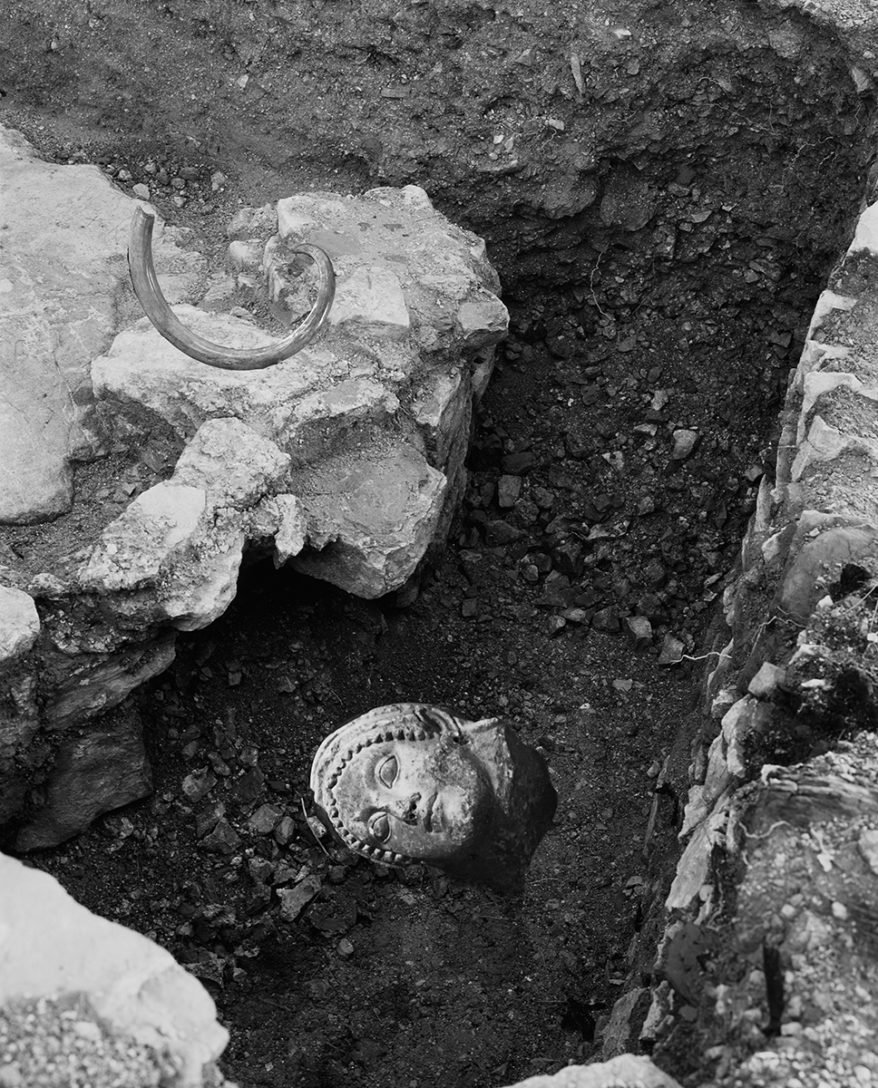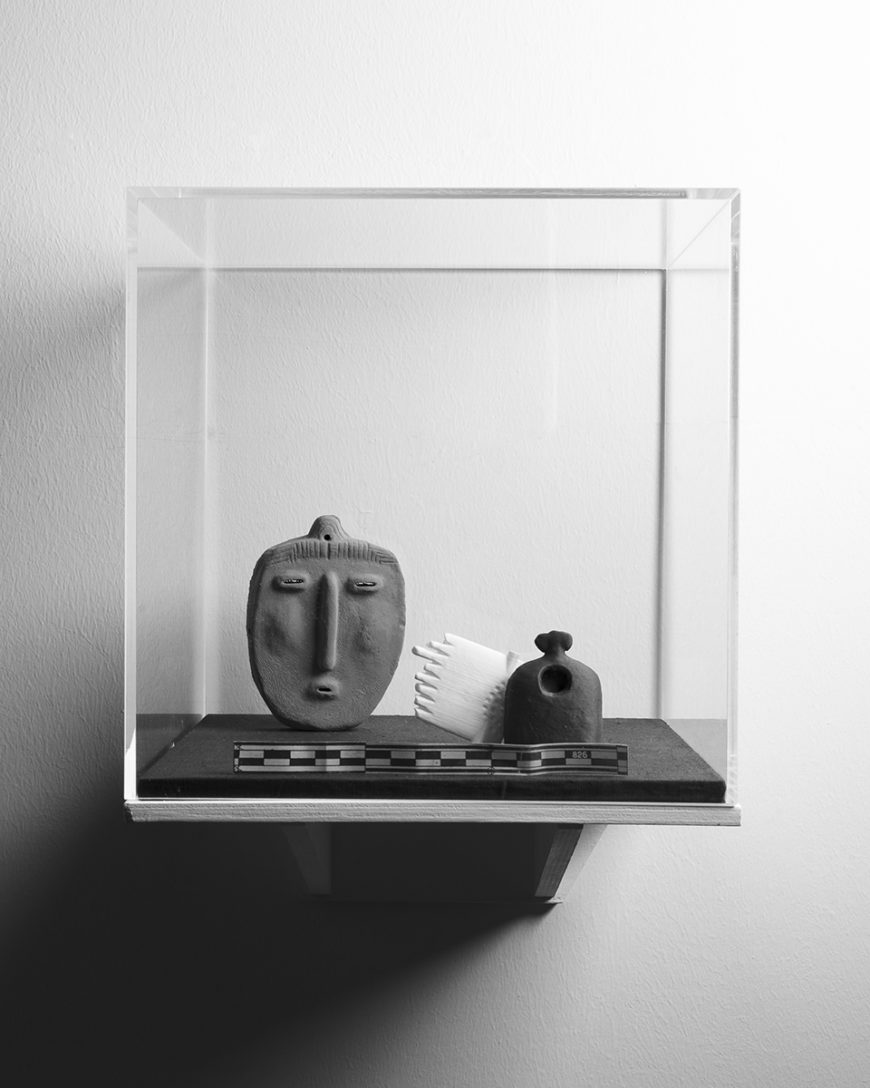Giulia Parlato, photographer
Collateral Histories, with Giovanna Petrocchi
Giulia Parlato’s practice focuses on staged photography, and revolves around history, myths, and objecthood. She studies the historical use of photography as a document of truth, specifically in its scientific and forensic uses, and attempts to challenge this language, by creating a new space in which fake histories take place. Looking at the fragility of historiography and at the idea of failed encounters, her practice undertakes an exhaustive journey into these notions in trying to understand which objects and spaces humankind usually use to search something that in reality can never be found. This melancholic and frustrating state, caused by humans’ impossibility to know the past, is what fascinates her, and it constitute the foundation of her work. Her practice is influenced by the Arab-Norman Sicilian heritage and aesthetics and Aby Warburg’s studies on the history of art.
Could you identify some constants in your work?
The creation of mythologies and the identification of personal symbols, for sure, as well as questioning the linearity of time.
How did you find out about Aby Warburg’s work? What interests you the most?
During my BA course, back in 2015. I felt in love with his research immediately. I find it extremely contemporary and visiting the Warburg Institute archive and library sparked my imagination many times.
How would you define an Atlas?
An Atlas is a powerful device through which free and unexpected associations can emerge. I often use the atlas form when exhibiting my work.
Atlas as a conceptual, formal and mnemonic device; do you use it in your work?
Yes, indeed. One of my works made in 2018 is titled Atlas of Survival and it’s about Sicilian symbolism and direct layers of cultural hybridization. It’s directly inspired by Aby Warburg’s methodology and there is a long thesis accompanying the work which expands Aby Warburg’s studies on the serpent figure. In my most recent project titled Diachronicles I’ve exhibited my images taking direct inspiration from the Mnemosyne Atlas.
Are there visual and emotional formulas (pathosformeln) in your project?
Yes, in all my recent projects. In Collateral Histories I’ve collaborated with Giovanna to create images with similar elements in it, yet in different contexts, with a recurrence of materials, objects and spaces.
In your work, do you identify formal or conceptual recurrences such as repetitions and disruption, distance and proximity, identity and migration, conflict and colonization?
Repetitions and disruption are fundamental characteristics of my works, which all speaks about the circular movement of material culture and the human quest of knowledge. Knowledge of an unreachable past.
In your work, what is the balance between image and text?
I use more images than text.
Thinking about Warburg’s ‘good neighborhood rule’, what are the books that underpin your project? (5 to 10 titles)
Most of the books are on your list. I could add these:
Caspar Henderson, The Book of Barely Imagined Beings
Michel Pastoureau, Bestiari del medioevo
Joan Fontcuberta, Fauna
Luke Stettner, History Database
Sophie Calle, Ghosts
Chiara Frugoni, Le voci delle immagini
Claude Lévi-Strauss, Tristi Tropici
Giulia Parlato (b.1993) and Giovanna Petrocchi (b.1988) are artists living and working between Italy and United Kingdom. The duo was recently commissioned by Artlicks Magazine to produce an inedited project titled Collateral Histories. They were also invited by Revolv Collective to give a talk about archeology and photography at Seen Fifteen Gallery, in London. Their next step is working collaboratively on a solid body of work which can jumpstart their career as a duo. Project description: With the juxtaposition of photographs, 3D printed objects, collages and photomontages we explored the migration of material culture, and that trans- itional period when the transformation of the animal into the object occurs. We contemplated the process of evolution, both natural and cultural: from the material and constitutive animal bone, to the immaterial and symbolic human concept. The result is a series of odd artefacts, where the manmade and the organic are assembled into new, uncanny objects.
